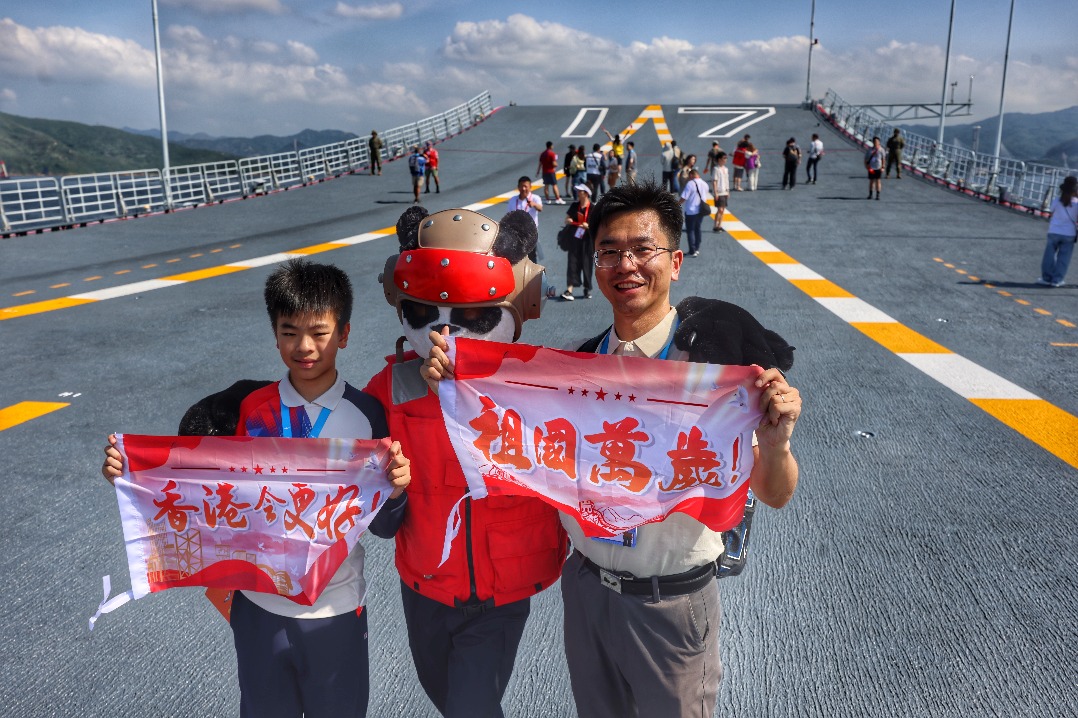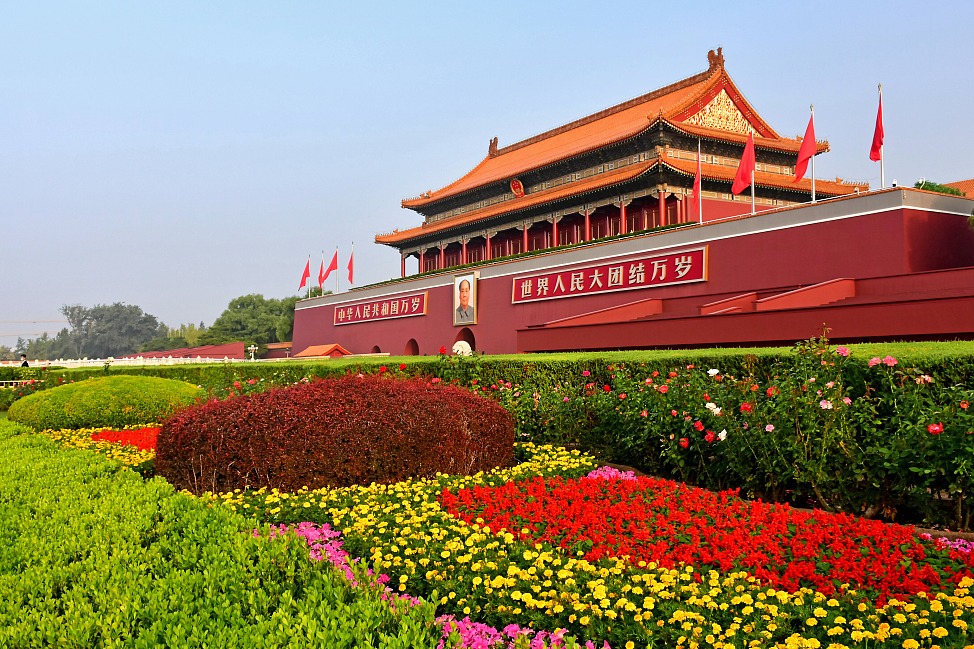Reform, opening up and risk control - China's bit to stabilize global growth

BEIJING - In a world confronted with risks and uncertainties, China remains unwavering in opening up to the rest of the world, while domestically persisting in reform and tackling financial challenges.
Despite a continued recovery, the global economy will be clouded by more uncertainties, according to a report jointly released by the China Center for International Economic Exchanges and the State Think Tank of Xinhua News Agency at a forum Saturday.
The report cited a weak recovery foundation, rising protectionism, fragile financial markets and inequality. "The list of Black Swan events and 'Gray rhinos' has become longer."
Door opens wider
Opening up should be China's strategic choice, Xinhua News Agency deputy editor-in-chief Zhou Zongmin said when briefing the report at the forum.
"We suggest accelerating pushing for a new pattern of all-round opening up, building a 'circle of friends' with new partnerships, continuing to promote the Belt and Road Initiative, and defending an open global economic system," Zhou said.
China's open stance was reiterated at the Central Economic Work Conference at which economic work was mapped out for the next year.
The country will increase imports and cut import tariffs on some products, expand free trade zone pilots, guide and support outbound investment, and push for a shorter negative list for foreign investment, according to a statement released after the meeting.
2018 will be the 40th anniversary of China's reform and opening up policy, and Chinese leaders have said its door to the world will only become more open.
"We will further bring in foreign investment, and make full use of opening up to stimulate reform and development...Coastal areas have taken a new step in opening up and transformation," Ning Jizhe, deputy head of the National Development and Reform Commission, said at the forum.
Innovation-powered reform
Technological improvement will play a bigger role in China's economic growth this year, Wang Zhigang, vice minister of Science and Technology, said and estimated the contribution ratio would rise to 57.5 percent in 2017, up from 56.2 percent last year.
Breakthroughs have been made in transformation of scientific achievements including high-speed rail, UHV power transmission, hybrid rice, satellite navigation, and electric cars.
"We can grow rice in seawater with lower density...and Huawei's polar coding has become part of international 5G standards." Wang said.
China has become the world's second largest investor in R&D, with 1.57 trillion yuan (nearly 240 billion U.S. dollars) poured in the area last year, accounting for more than 20 percent of the world's total. Its R&D-to-GDP ratio was 2.11 percent, generally at the same level with that of European countries.
Supply-side structural reform is building a new economic engine and higher quality development. "China will briskly foster new growth drivers, improve technological innovation, push for upgrades of traditional sectors..." according to the Central Economic Work Conference.
Yang Weimin, deputy head of the office of the central leading group on financial and economic affairs, said the reform will continue to be the main theme of China's economic work in 2018. "It was supply-side structural reform that helped the economy hold steady amid downward pressures in the fourth quarter of 2016."
Risk control toughens up
Growth of China's leverage ratio slowed substantially in the first three quarters, Yi Gang, vice governor of the People's Bank of China, said. "Primary calculation showed the increase was 9.6 percentage points lower than the average growth rate from 2012 to 2016."
The slowdown came after measures from regulators to rein in debt growth, with bank lending more cautious, online financing strictly regulated, and businesses and individuals breaching financial rules severely penalized.
The task of dealing with overall leverage ratio in the economy should be the first priority in risk prevention and control, Yi said.
"We will put more emphasis on deleveraging of state firms, address both symptoms and root causes of implicit government debt, crack down on financial irregularities, and step up supervision," Yi said
Throughout 2017, Chinese leaders have taken real steps to curb widespread malfeasance in the financial markets and the hardline stance will continue.
At the Central Economic Work Conference, senior leaders agreed to maintain the crackdown on irregular and illegal activities in the financial sector.
- Study tour bolsters Sino-Vietnamese youth exchanges
- China builds barrier against desert expansion
- Guizhou dismantles most small hydropower stations to help aquatic ecosystem's health
- Meeting in Wuxi to shape future of Asia-Pacific aquaculture
- Reassessing main Eastern battlefield's role vital to safeguarding peace today
- China, Myanmar, Thailand hold ministerial-level meeting on telecom and cyberspace





































